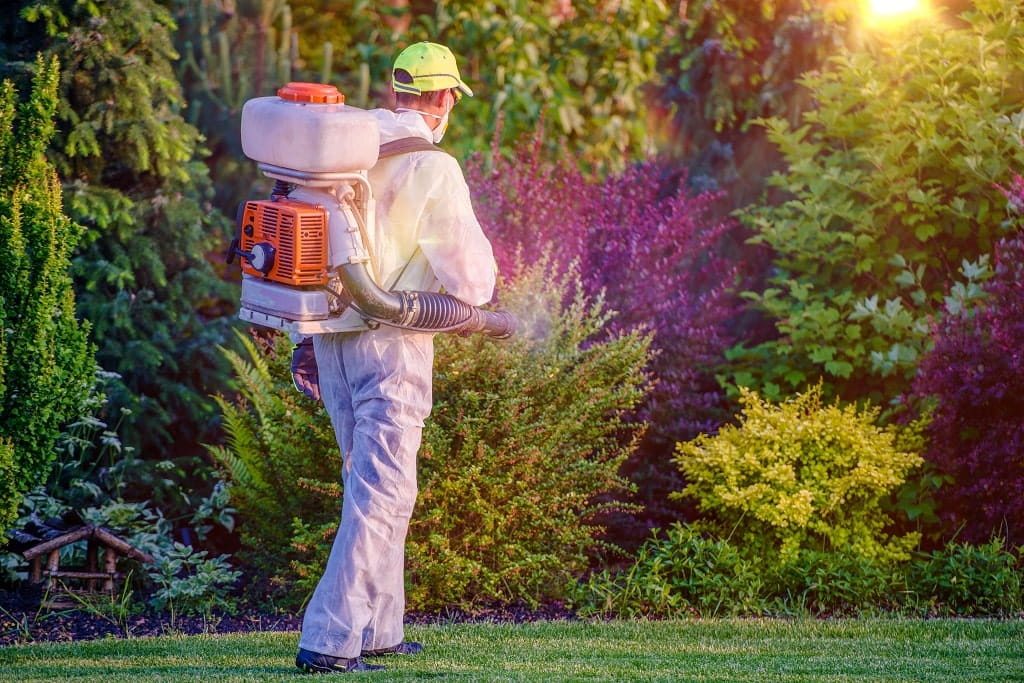Lawn Pest Control

A lush, green lawn can be a source of pride for homeowners. However, when pests start to invade your lawn, it can quickly turn into a nightmare. Lawn pests can cause significant damage to your lawn and may even spread diseases. In this blog post, we'll explore some common lawn pests and how to control them.
Grubs - Grubs are the larvae of beetles, such as Japanese beetles and June bugs. They feed on the roots of grass, which can cause large dead patches in your lawn. Grubs are most active in late summer and early fall. Signs of a grub infestation include brown patches of grass that can be easily pulled up like a carpet. To control grubs, you can use a grub control product that contains insecticides such as imidacloprid or chlorantraniliprole. These products can be applied to your lawn in early summer to prevent grub infestations. If you already have a grub infestation, you can apply a grub control product in the fall to kill them before they overwinter.
Chinch Bugs - Chinch bugs are tiny insects that feed on the sap of grass. They are most active in hot, dry weather and can cause large brown patches in your lawn. Signs of a chinch bug infestation include yellowing or browning grass that does not respond to watering. To control chinch bugs, you can use an insecticide that contains bifenthrin or permethrin. These products can be applied to your lawn in the summer when chinch bugs are most active. It's important to water your lawn thoroughly after applying the insecticide to help it penetrate the soil and reach the chinch bugs.
Armyworms - Armyworms are the larvae of moths and can quickly devastate a lawn if left unchecked. They feed on grass blades and can strip a lawn of its greenery in just a few days. Signs of an armyworm infestation include irregular brown patches of grass that expand quickly. To control armyworms, you can use an insecticide that contains bifenthrin or lambda-cyhalothrin. These products can be applied to your lawn in the summer when armyworms are most active. It's important to water your lawn thoroughly after applying the insecticide to help it penetrate the soil and reach the armyworms.
Sod Webworms - Sod webworms are the larvae of moths and feed on the blades of grass. They are most active in late summer and early fall and can cause large brown patches in your lawn. Signs of a sod webworm infestation include small holes in the grass blades and irregular brown patches that expand quickly. To control sod webworms, you can use an insecticide that contains bifenthrin or permethrin. These products can be applied to your lawn in the summer when sod webworms are most active. It's important to water your lawn thoroughly after applying the insecticide to help it penetrate the soil and reach the sod webworms. In conclusion, lawn pests can cause significant damage to your lawn if left unchecked. It's important to identify the type of pest that's causing the problem and apply the appropriate insecticide to control it. Remember to always read and follow the instructions on the insecticide label and wear protective clothing when applying the product. With proper pest control measures, you can keep your lawn healthy and beautiful all season long.